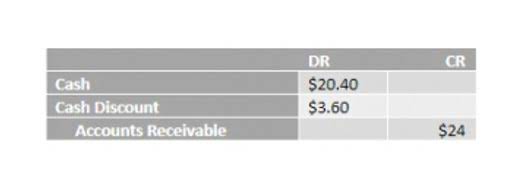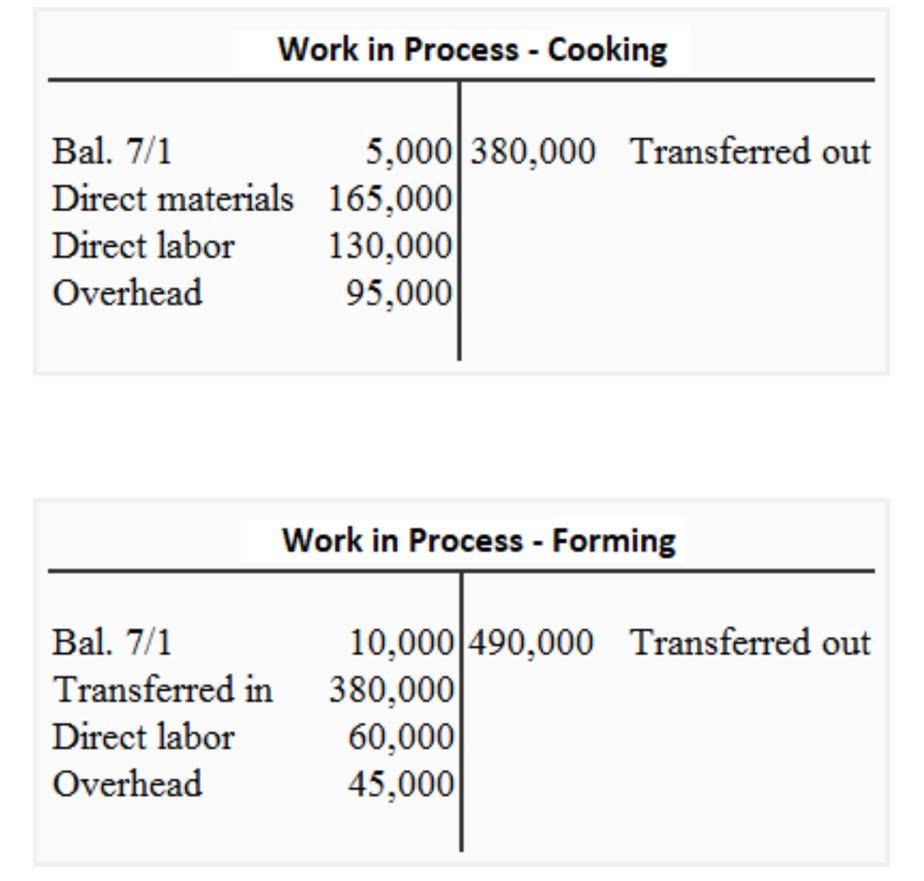Bookkeeping
Navigating Success Through Capital Expense Budgeting

Such cloud systems substantially improve cash flow for your business directly as well as indirectly. The accounting for the time value of money is done either by borrowing money, paying interest, or using one’s own money. The proper estimation and calculation of which could be a cumbersome task.

The greater the IRR of the loan, the higher the rate the borrower must pay, so clearly, a lower IRR is preferable in this case. Any such loan with IRR less than the cost of capital has a positive NPV. The payback period approach calculates the time within which the initial investment would be recovered. A shorter payback period is generally preferable as it means quicker recovery. The main disadvantage is that it does not consider the time value of money, and hence, could offer a misleading picture when it comes to long-term projections.
Capital Budgeting: Everything You Need to Know
Another risk is a reduction in gas prices, as this will significantly affect their bottom line. Since there is no ‘one-size-fits-all’ factor, there is no defined technique capital budgeting involves for selecting a project. Every business has diverse requirements and therefore, the approval over a project comes based on the objectives of the organization.
- The capital budgeting process provides opportunities for stakeholders to assess the risks involved in a particular project, thus helping them to decide whether to go ahead.
- If the profitability index is greater than 1, the project is considered profitable.
- Discounted cash flow analysis (DCF) is a valuation method that’s used to estimate the value of an investment based on its expected return.
- Besides all the day-to-day spending, like staffing, utilities, and premises, they must decide whether and how to reinvest any profits.
- Indeed, the timing and priority of competing projects often determine which one will be approved.
It mainly consists of selecting all criteria necessary for judging the need for a proposal. In order to maximize market value, it has to match the company’s mission. Here, The IRR of Project A is 7.9% which is above the Threshold Rate of Return (We assume it is 7% in this case.) So, the company will accept the project. However, if the Threshold Rate of Return would be 10%, then it would be rejected as the IRR would be lower. In that case, the company will choose Project B which shows a higher IRR as compared to the Threshold Rate of Return.
Limitations of Capital Budgeting
Many investments are long-term, so committing to a project is a decision that can affect the financial future of the company. In deciding on capital expenditure for a certain item, a company’s management makes a statement about its view of the company’s current financial condition and its prospects for future growth. For example, this may involve comparing the cash flows and NPV of the project with the estimated values in the initial proposal.


